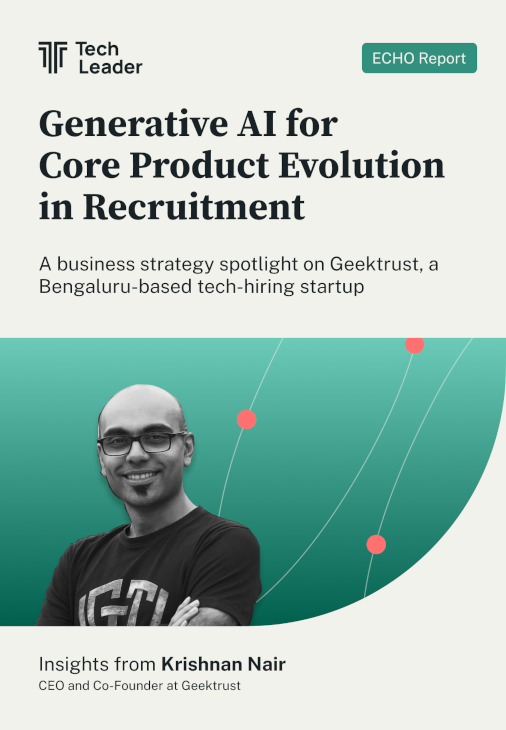Implementation of generative AI has challenges across industries, but strict regulations, data privacy requirements, and the inherent complexity of medical workflows add a unique layer of difficulty for tech companies trying to innovate in the healthcare sector.
When CEO Kip Pogrebenko started his healthtech start-up, Medloaner focused on improving surgical instrument reprocessing with AI and computer vision, he found that “almost all of their competition was out of business”. This presented an opportunity to learn from the missteps of others and chart a more sustainable course forward.
So why did so many competitors disappear and what should leaders building in regulated industries take away from that?
1. Overreliance on third-party vendors
In the space which Medloaner operates, failed companies depended on external vendors for critical hardware components, ceding too much control to suppliers. This violated one of the key principles of Michael Porter’s competitive strategy, giving away too much bargaining power to suppliers.
2. Adding complexity to existing workflows
Instead of streamlining existing hospital operations, Medloaner found that failed competitor solutions had layered on new steps and procedures. This added to the logistical burden for hospitals, making them resistant to adopting tools that made processes more cumbersome rather than simplifying them.
3. Prohibitively high onboarding fees
Medloaner’s main competitor’s model included an expensive onboarding fee per surgical kit, covering the cost of imaging, analysis, and model training. For hospitals managing hundreds of kits, the upfront investment was financially unviable. The pricing structure reflected a lack of scalability and positioned the product as a high-cost, one-off solution rather than a repeatable, system-wide innovation.
What did Medloaner do differently and did it manage to solve healtcare's surgical equipment problem? Find our more here
4. Failure to understand hospital incentives
This was something Medloaner itself grappled with early on in its journey. US hospitals are often focused on direct revenue generation. While this is a factor, focusing solely on solutions that "drive revenue" might miss opportunities to create value through efficiency and cost savings, which can be highly valued in systems like Canada's government-subsidized healthcare. Tech companies need to understand the specific funding and operational models of their target markets and tailor their value proposition accordingly.
The pitfalls Medloaner observed aren’t unique to healthcare. They are lessons for any enterprise deploying AI in complex, regulated environments. As AI adoption accelerates, success will hinge less on technical novelty and more on operational fit. The next wave of healthtech, and enterprise AI more broadly, will reward companies that build with contextual intelligence: understanding how systems operate, where friction lives, and what real-world constraints look like.
%20(1).png)



.svg)









.JPG)
.svg)